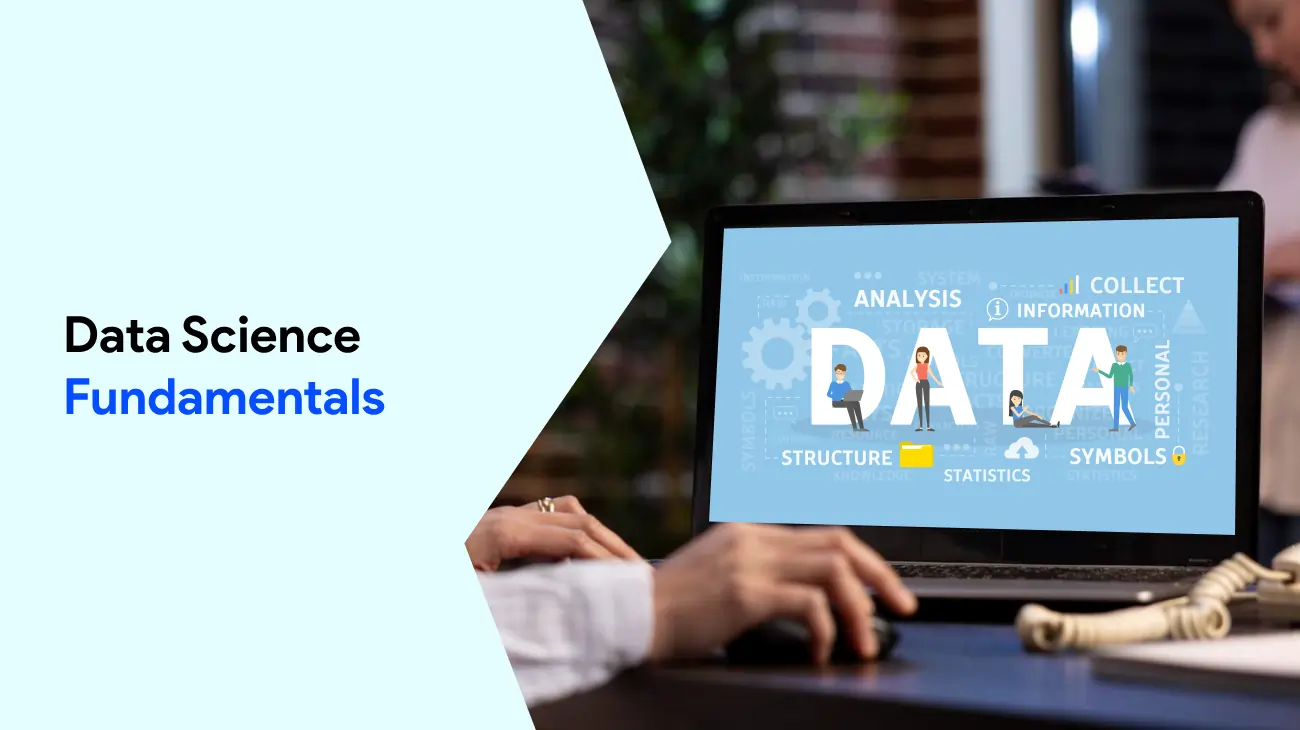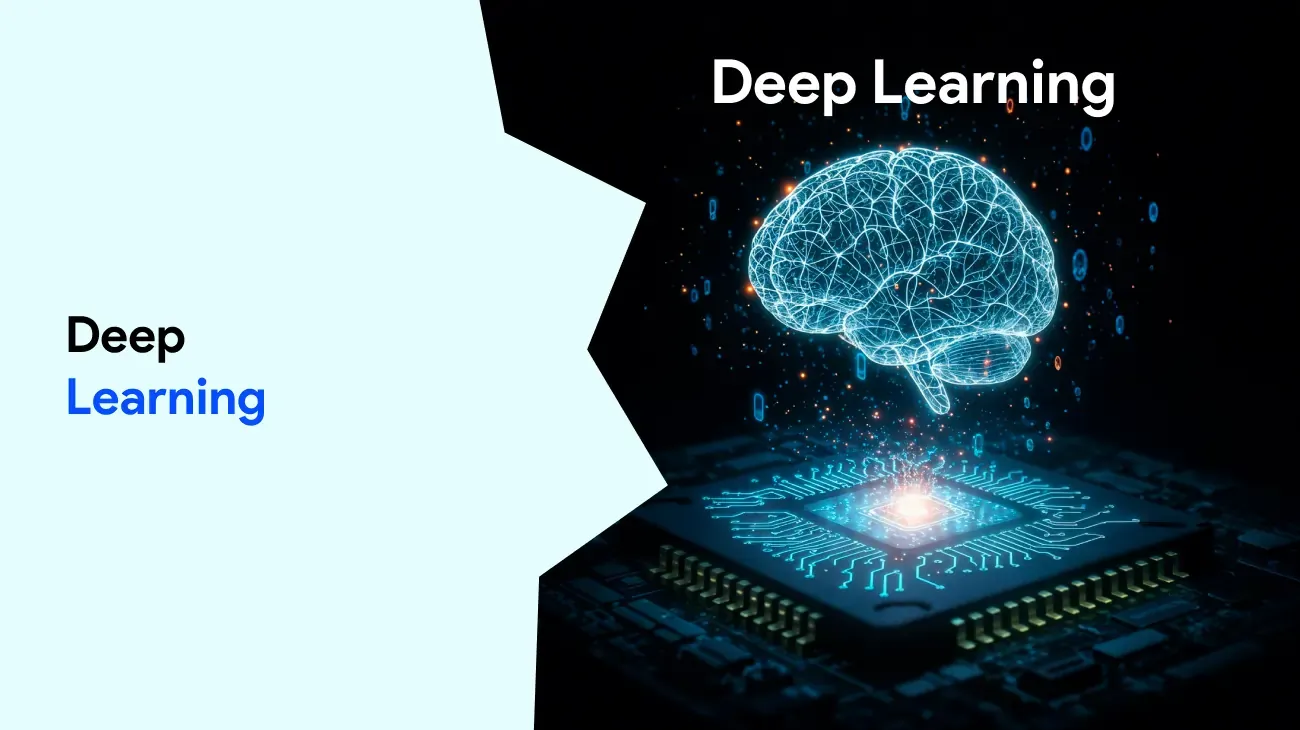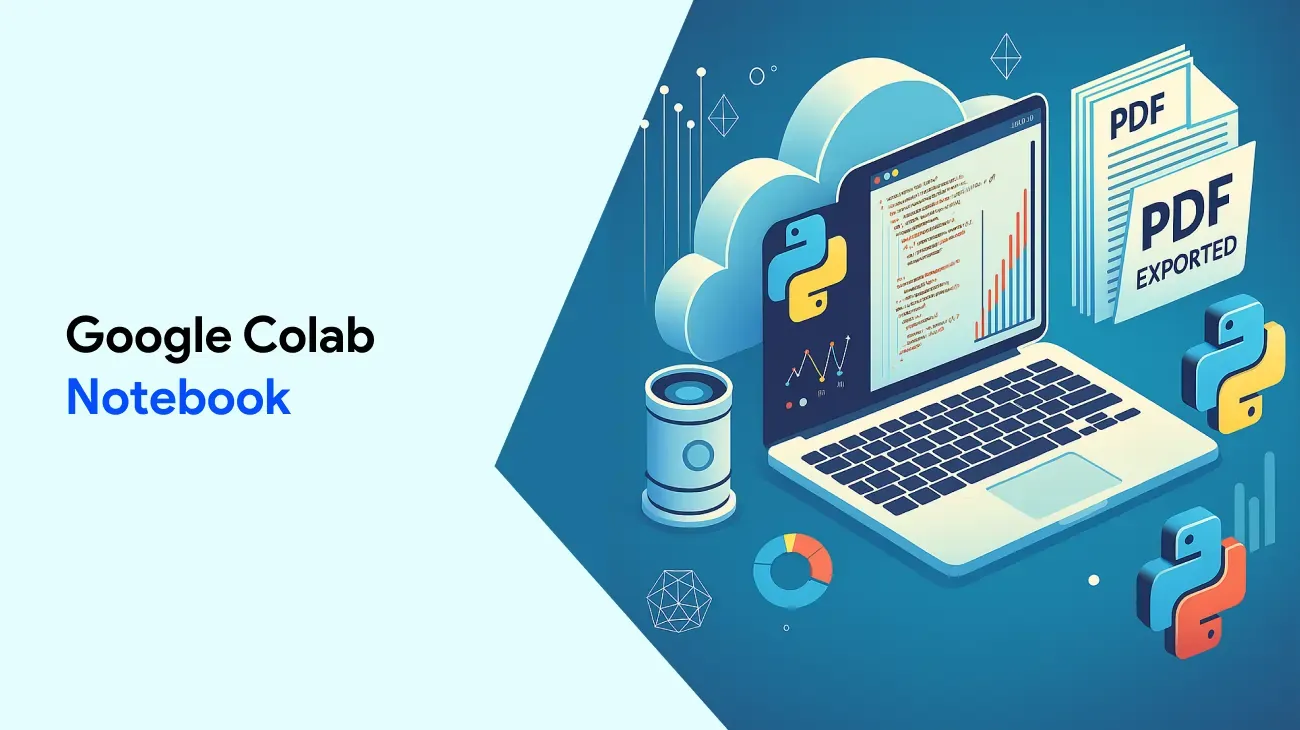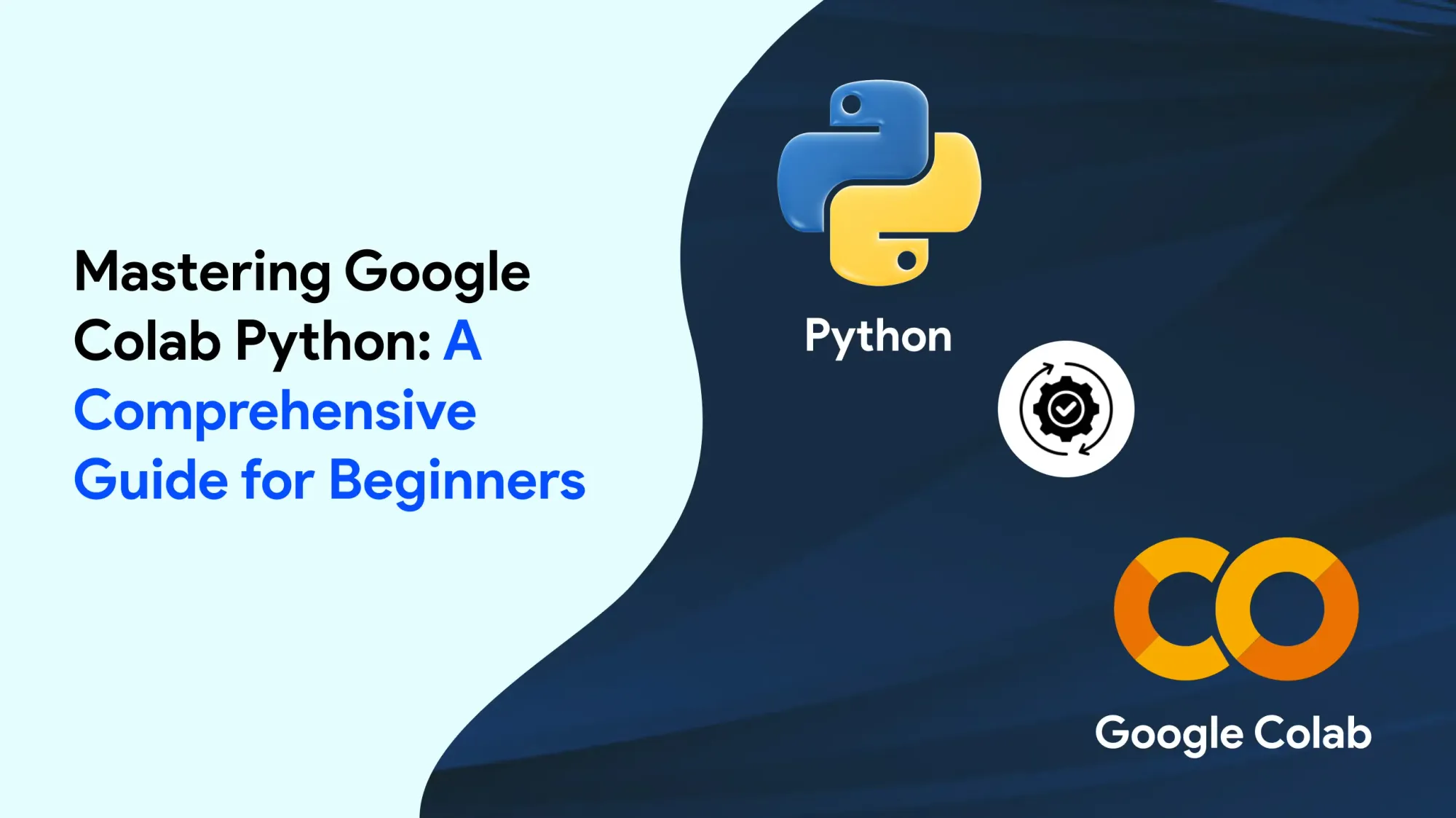Introduction to Google Colab
Google Colab is a free tool from Google that lets you write and run Python code in your browser. It’s great for tasks like data science and machine learning.
It comes with a Jupyter notebook setup and gives free access to GPUs and TPUs, which helps when training deep learning models.
Since it runs in the cloud, you don’t need to install anything. You can also work with others on the same notebook, making it easy to collaborate.
You can upload and download files, and even connect your Google Drive to manage data easily.
Overall, Google Colab is a simple and powerful platform for anyone working on data science, machine learning, or deep learning projects.
Setting up a Colab Notebook
To start using Google Colab, simply visit the Google Colab website and sign in with your Google account.
Create a new notebook by clicking on the “New Notebook” button, and select the desired runtime type, such as GPU or TPU.
To create a new notebook, click on File > New notebook in the Google Colab interface.
Google Colab notebooks are fully compatible with Jupyter notebooks, allowing you to write and execute Python code with ease.
You can change the runtime type at any time by selecting “Runtime” > “Change runtime type” from the menu.
Google Colab provides the computational power needed to train complex models efficiently, leveraging free access to GPUs and TPUs for accelerated performance.
Data Science Fundamentals

Google Colab is an excellent platform for data science, providing a wide range of popular Python libraries, including NumPy, pandas, and scikit-learn.
Google Colab is especially popular in the data science and machine learning communities.
You can use Google Colab to perform data analysis, data visualization, and machine learning tasks, making it an ideal tool for data scientists.
With Google Colab, you can easily import files, upload datasets, and download results, streamlining your data-driven science workflow.
Google Colab also provides a range of pre-installed libraries and tools, including TensorFlow, Keras, and PyTorch, for building and training machine learning models.
Machine Learning Basics
Google Colab provides an excellent environment for machine learning, allowing you to write and execute Python code for building and training models.
You can use Google Colab to train machine learning models on large datasets, taking advantage of the platform’s free access to GPUs and TPUs.
Google Colab also provides a range of tools and libraries for hyperparameter tuning, model evaluation, and model deployment, making it an ideal platform for machine learning tasks.
You can save and load models or weights in Google Colab to avoid retraining every time.
With Google Colab, you can easily collaborate with others, share your results, and reproduce your experiments, facilitating transparent and reproducible machine learning research.
Downloading and Sharing Files
Google Colab makes it easy to download and share your work. You can save your notebook as a PDF, HTML, .ipynb, or .py file from the File > Download menu.
To share your work, you can send others a link to your notebook or download and share the files directly.
Colab also supports real-time teamwork. You and others can comment and edit the same notebook together, just like in Google Docs.
It’s also great for research—Colab helps you repeat your experiments easily so your results can be trusted and shared.
You can connect Colab with Google Docs, Sheets, and Slides to keep your project notes and code in one place. This makes it easier to stay organized and work efficiently as a team on neural network or data-driven science projects.
Google Drive
Google Colab lets you connect your Google Drive right inside your notebook. This makes it easy to access big datasets, save files, and load them when needed. Your files stay safe and can be used from any device while you're coding in Python.
Colab also works well with Google Cloud, giving you access to powerful cloud tools for handling data and running neural network tasks smoothly.
Deep Learning

Deep learning in Google Colab empowers users to build and train complex neural networks efficiently. With free access to GPU and TPU runtimes, you can accelerate model training for tasks like image recognition and natural language processing. Colab’s pre-installed popular libraries simplify coding, making it a powerful tool for deep learning projects.
When working with image data in Google Colab Python, it's essential to understand pixel values, as they represent the intensity of each pixel, which deep learning models use for accurate image recognition and processing.
One of the great advantages of Google Colab is that no installation required; you can start writing and executing Python code directly in your browser without any setup hassles.
Data Visualization
chart analysis in Google Colab allows you to create insightful charts and graphs using popular Python libraries like Matplotlib, Seaborn, and Plotly. These tools help transform complex information sets into clear visual representations, making it easier to analyze trends, patterns, and insights directly within your Colab notebooks.
To open your files in Google Colab, click the folder icon located at the top left corner of the interface. This opens the file browser where you can upload, download, and manage your files easily within the notebook environment.
To harness the full power of Google Colab for deep learning, you need to select GPU as your hardware accelerator by navigating to Runtime > Change runtime type, then choosing GPU from the dropdown menu. This enables faster training of complex artificial neuronal networks.
Gemini API
The Gemini API in Google Colab lets you work with advanced AI models right inside your notebook. It helps you run code easily and supports tasks like information analysis, model training, and deployment—all in the cloud.
With Colab, you can train models to recognize handwritten digits quickly using free GPU power, which helps improve speed and accuracy in image classification.
To make sure everything works smoothly, especially file uploads and sharing, you might need to turn on third-party cookies in your browser settings.
Download Files
Downloading files from Google Colab is easy. You can save your files to your computer or your Google Drive. Just right-click in the file browser to download, or use code to move files to Drive. This keeps your information safe and easy to reach anytime.
To begin using Google Colab for Python, make sure to install and import libraries like TensorFlow, NumPy, and pandas. These tools help you work smoothly on information science and neural network projects.
Google Colab Notebook

A Google Colab notebook is a cloud-based tool where you can write and run Python code. It lets you add text, code, and charts all in one place, which makes it perfect for information science, neural network, and teamwork. Your notebooks are saved automatically to Google Drive, so they’re always easy to access and share.
Enjoying the learning process is the best way to get good at Google Colab. With curiosity and confidence, you can explore neural network, deep learning, and information science smoothly.
In conclusion, Google Colab is an excellent tool for neural network and information science, offering free GPU runtime and easy sharing.
Mounting Google Drive
You can connect your Google Drive to Google Colab with a small piece of code. This lets you open, save, and share files right inside your notebook. It’s especially useful for handling large datasets and working on group projects.
Google Colab also gives you access to powerful GPUs, which help speed up the training of deep learning models by using fast, high-performance hardware.
Machine Learning Data
neural network needs good information to train accurate models. In Google Colab, you can import, process, and analyze large datasets using tools like NumPy and pandas. Handling information the right way helps your models learn better and gives more accurate results.
In Colab, you can write Python code in one cell and use the same variables in other cells. This makes your coding process smooth and efficient.
Google Colab allows you to write and execute code seamlessly in a cloud-based environment, making it easy to run Python scripts and develop neural network models efficiently.
In Google Colab, code cells allow you to write and execute Python code interactively, enabling seamless experimentation and iterative development.











